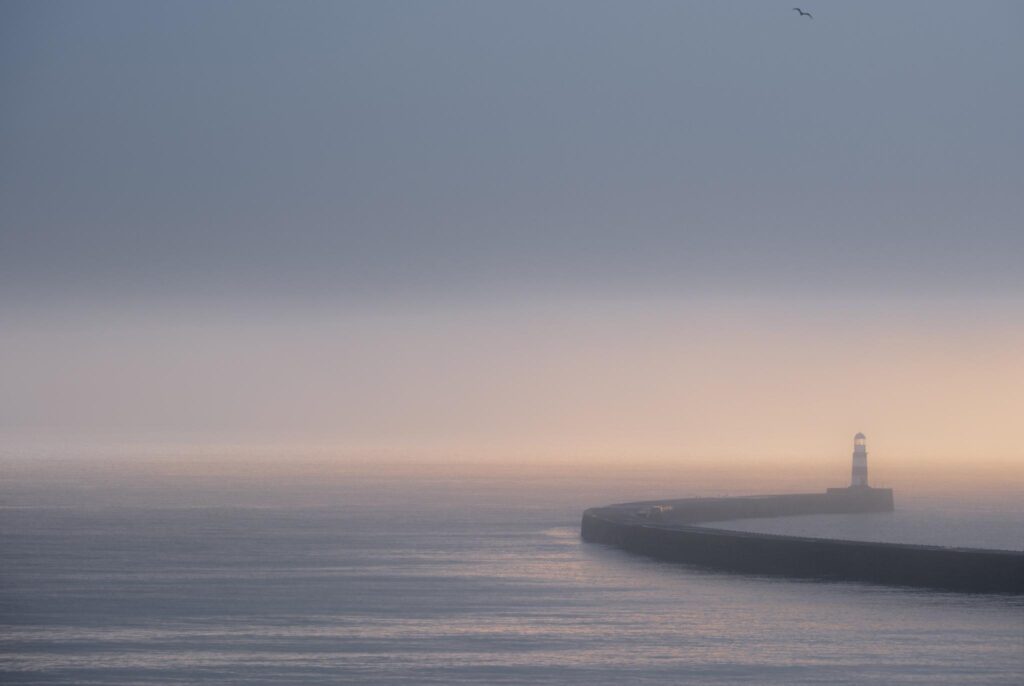The first time I learned about Minimalism was even before discovering photography. I did it through DeviantArt (oh boy, those were the good old days for this platform, now it is pretty different from what it used to be) and I felt really intrigued about the concept.
Later on, I stumbled into minimalism in music, and after that, I understood that it was more of an approach rather than a fixed theme or style.
The first thing you need to understand about minimalism is that it is – despite its simplicity – highly complex. Less is more is not that easy to achieve.
Minimalism requires high comprehension of composition, and it emphasizes (in extremely radical simplification) form by using basic shapes, monochromatic palettes, and simple lines.

The best way to start understanding what minimalism is really about is by consuming outstanding examples of the craft. After that, if you are interested in starting to create minimalist photographs, you could start experimenting.
1. Compose with Negative Space in Mind
Composing with the aid of negative space is a very useful way of working things out if you want to start creating some beautiful minimalist images. Here you'll be contrasting a single object against a larger (neutral colored) area or space or minimally invasive context. The important thing is to contrast the subject's high visual impact versus the almost absent presence of the background.
2. Monochrome Palette
Monochrome doesn't necessarily mean black and white. You can work with a single color and its various hues in order to create minimal and simple compositions. Begin your exploration of minimalist photography by using a simple solid color background, a one or two color schemes for the entire image, and a few simple shapes.
Minimalism requires more creativity and an open mind rather than an expensive camera or lens. Just like abstract art, minimalism can be quite subjective as long as you keep things simple and reduced.
3. Keeping Your Images Meaningful

The best images convey a story, a message, a mood and even a concept. Minimalism is not the exception and it should have some deeper substance or intention in order to make it more meaningful for the audience. After all, you want to create images that tell something to people, if not, why bothering with photography at all?
Just remember that doing is the best way there is to learn photography, only with practice and more practice will you achieve a degree of mastery. It is extremely nice to have someone assigning you projects with clear objectives to actually make photographs with some sort of sense.
Please remember to share with us some of your first minimal approaches in the forums if you want some useful feedback on your pictures.






